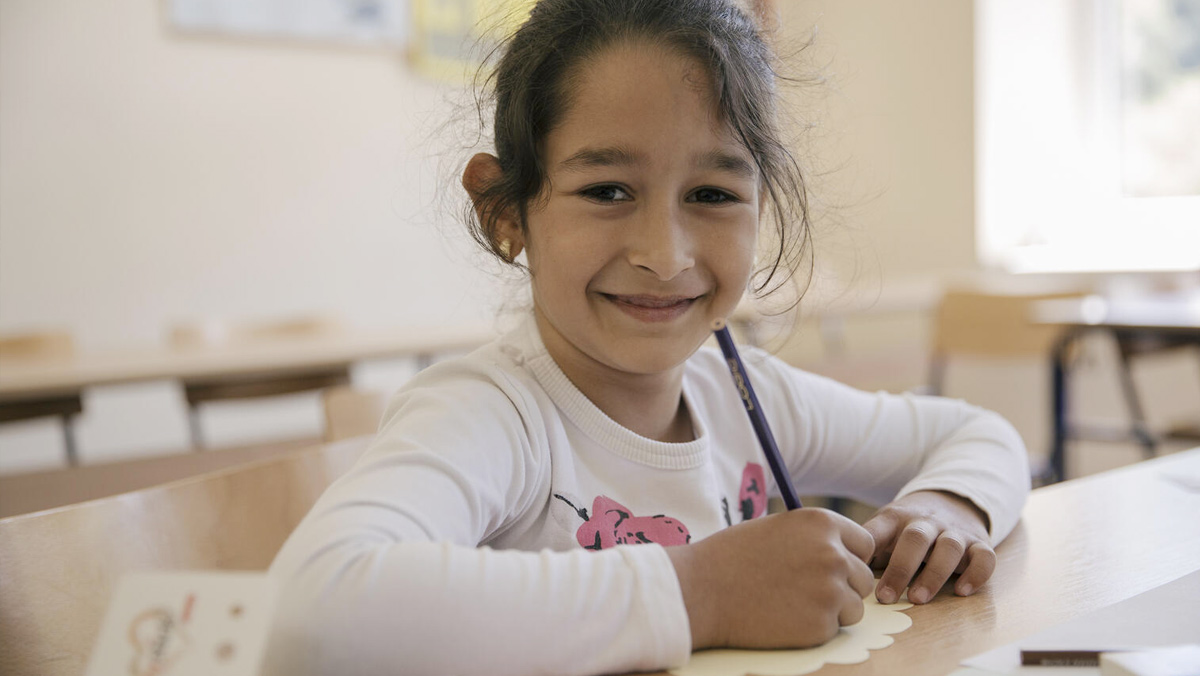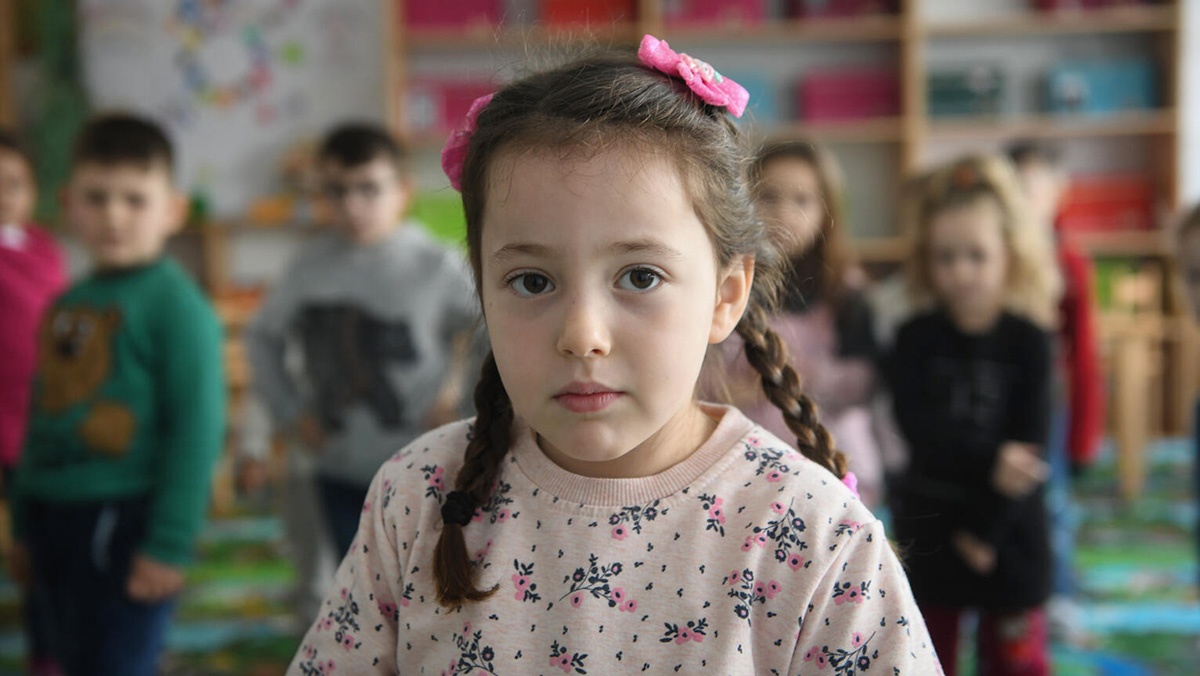
In Europe, Roma children are among the most disadvantaged from their earliest moments of life. Facing various forms of discrimination, many Roma children are left behind from education and learning opportunities with compounding challenges with economic, social and cultural barriers such as poverty, language, early marriage as well as outdated curricula and school practices with insufficient understanding of inclusive education. Empowering Roma children through inclusive quality education should be a key agenda to achieve the Sustainable Development Goals (SDGs) in the region.
Governments and development partners have strived to promote the educational rights of Roma children under the global and regional frameworks, including the Decade of Roma Inclusion 2005–2015, the EU Framework for National Roma Integration Strategies 2011–2020 and the Declaration of Western Balkans Partners on Roma Integration 2019. However, the recent round of Multiple Indicator Cluster Surveys (MICS6) in Montenegro, North Macedonia, Serbia and Kosovo: S/RES/1244 (1999)33 uncovered that only marginal progress has been made for children in Roma settlements over the last decade in terms of improving access to education.
33 All references to Kosovo in this article should be understood to be in the context of United Nations Security Council Resolution 1244 (1999). The sample of Roma settlements survey in Kosovo is households where at least one member is Roma, Ashkali or Egyptian.
Trends in out-of-school rates in Roma settlements in comparison to the national average
The figure presents the out-of-school rates in Roma settlements in comparison to the national averages before (2011-2014) and after (2018-2020) the introduction of SDGs. The results show that, even today, children in Roma settlements are more likely to be excluded from education at all levels. A disproportionately large share of Roma children do not attend school already in the first cycle of compulsory, basic education in Roma settlements, and the gap increases further as they reach secondary school age. At the upper secondary school age, more than half of children in Roma settlements are out of school. While up to three out of four children at this age may be out of school, the national rates remain in the range from 6 to 12 per cent.

Montenegro and Serbia have been successful in decreasing the out-of-school rates in Roma settlements to a greater extent than the national average, resulting in reduced inequality in school access between children in Roma settlements and their national counterparts at the primary and lower secondary levels. On the other hand, a limited change in out-of-school rates is seen in Kosovo: S/RES/1244 (1999). In North Macedonia, the out-of-school rates might have increased slightly at the primary and lower secondary school ages. The results show that there is room to accelerate efforts to improve educational inequalities between Roma and non-Roma children.
Various studies show that vulnerable children have been hit the hardest due to the lasting impact of school closure during the COVID-19 pandemic, having resulted in widened educational inequalities. There is a need for accelerating the global, regional, and national efforts to help children in Roma settlements enter, retain, learn, and complete education with knowledge and skills necessary to thrive in society on an equal footing.